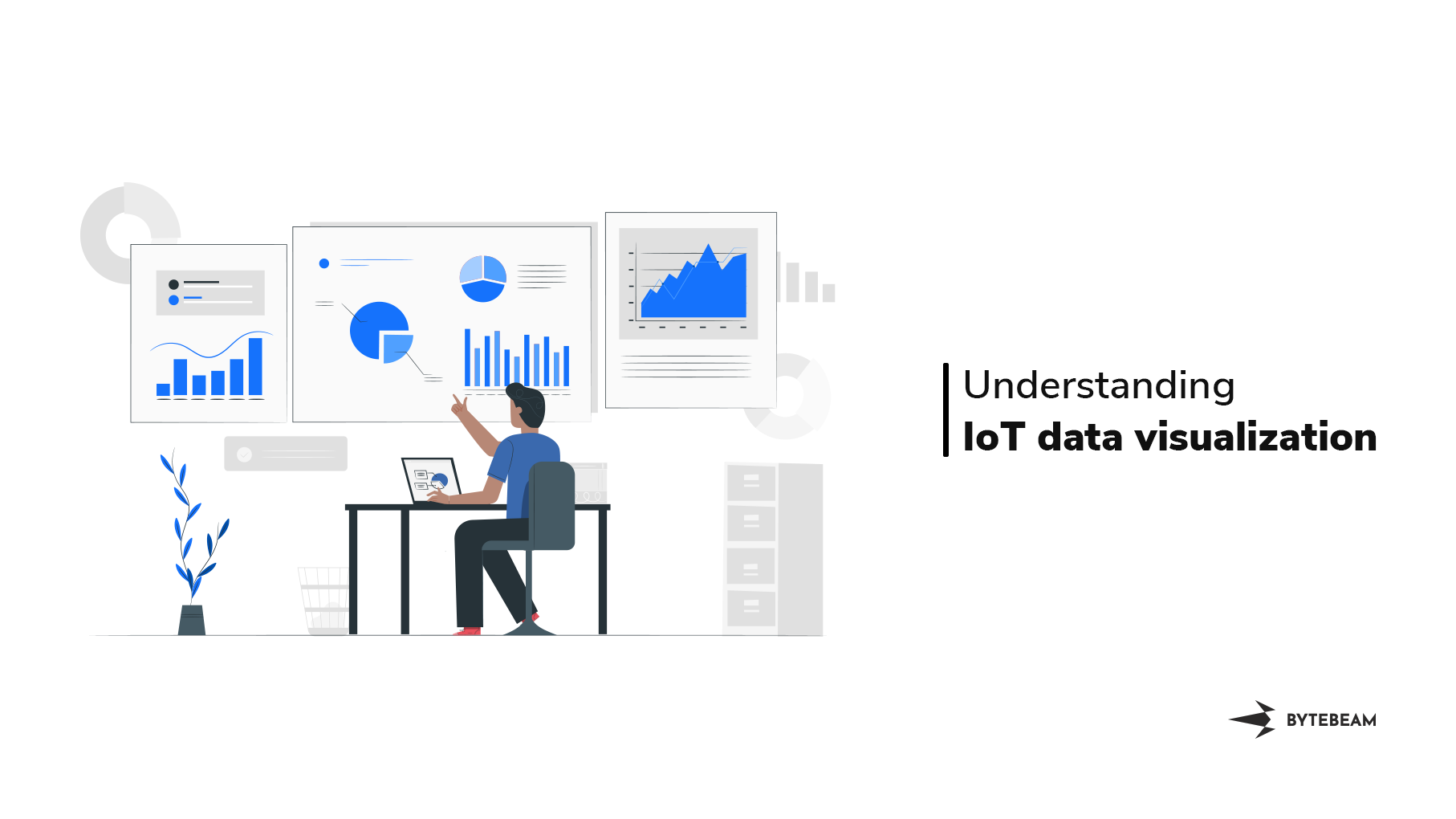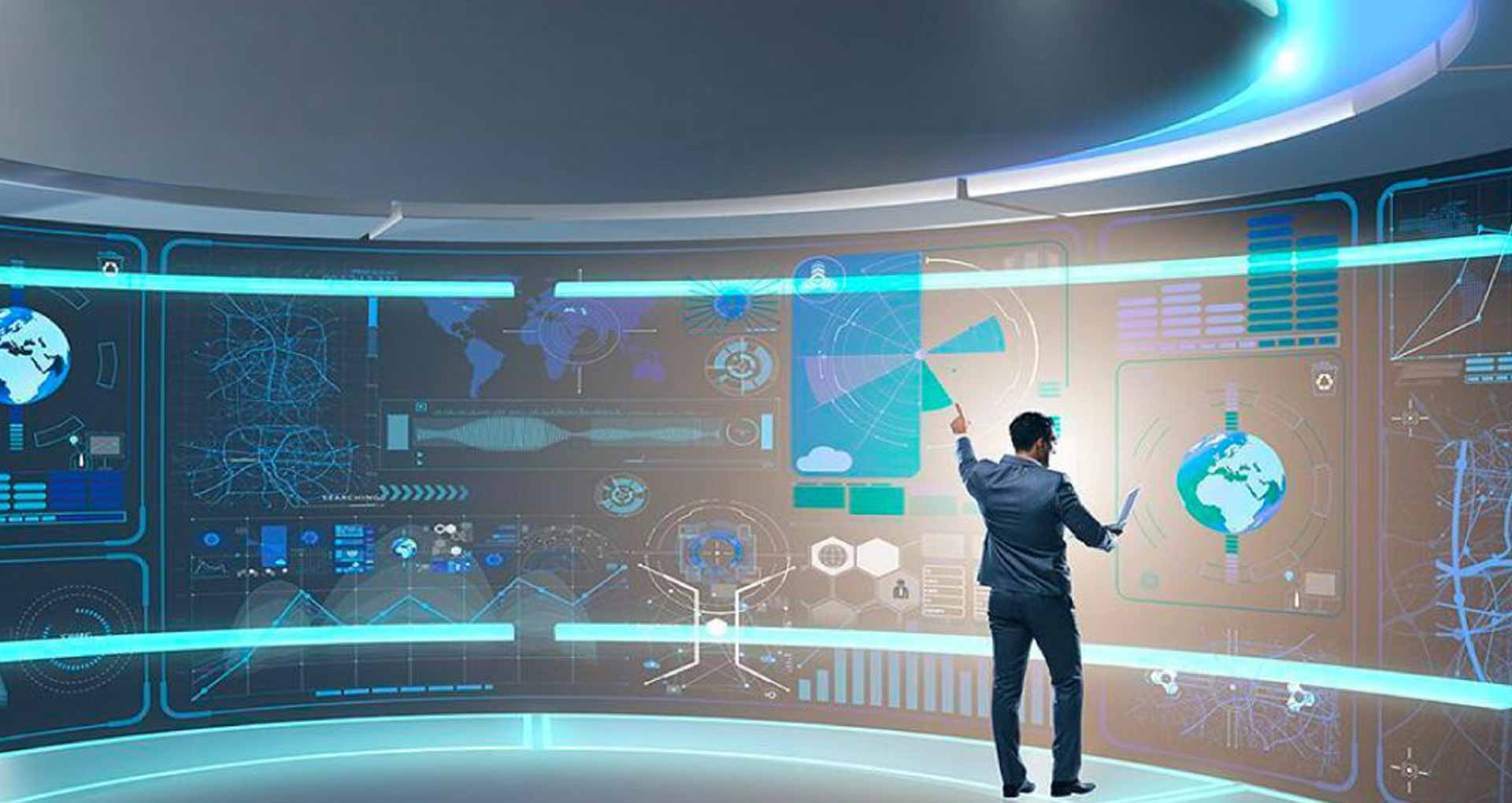Hey there, tech-savvy friends! Let me tell you something that's been blowing my mind lately: IoT data visualization. Yeah, I know it sounds like a mouthful, but trust me, it's one of those game-changing concepts that’s shaping the future of how we interact with data. Imagine this: billions of devices all over the world collecting data every second, and then being able to see that data in a way that makes sense and drives action. That’s what IoT data visualization is all about, and it’s revolutionizing industries across the board. So, buckle up, because we’re diving deep into this exciting world right now!
In today's fast-paced digital era, businesses and individuals are increasingly relying on data to make informed decisions. But here's the kicker—data by itself is just a bunch of numbers and stats unless you can actually understand what it’s telling you. That's where IoT data visualization comes into play. By transforming raw data into visually appealing charts, graphs, and dashboards, we can uncover insights that would otherwise remain hidden. It’s like having a superpower for your data analysis.
Now, you might be wondering, "Why should I care about IoT data visualization?" Great question! The truth is, whether you're running a global corporation or just trying to optimize your smart home setup, being able to visualize IoT data can completely transform the way you operate. From improving efficiency to predicting trends, the possibilities are endless. So, let's jump in and explore how IoT data visualization is reshaping the tech landscape.
Read also:Woo Lotti Running Video The Ultimate Guide To Trending Fun And Fitness
Understanding IoT Data Visualization
Alright, so what exactly is IoT data visualization? Simply put, it’s the process of taking data collected from Internet of Things (IoT) devices and presenting it in a way that’s easy to understand. Think of it as turning chaos into clarity. IoT devices generate a ton of data, but without proper visualization, it’s like trying to find a needle in a haystack. With IoT data visualization, you can spot patterns, trends, and outliers that would be impossible to detect otherwise.
One of the coolest things about IoT data visualization is its versatility. It doesn’t matter if you’re dealing with smart home devices, industrial machinery, or even wearable tech—visualization tools can handle it all. And here’s the kicker: the more data you have, the more powerful your insights can be. It’s like having a crystal ball for your business or personal life.
Why IoT Data Visualization Matters
Let’s break it down. IoT data visualization isn’t just a nice-to-have feature; it’s a must-have for anyone serious about leveraging the power of IoT. Here are a few reasons why:
- Improved Decision-Making: When you can see your data clearly, you can make smarter decisions faster.
- Enhanced Efficiency: By identifying inefficiencies and bottlenecks, you can streamline operations and save time and money.
- Predictive Analytics: IoT data visualization allows you to forecast future trends and take proactive measures.
- Increased Transparency: Sharing visualized data with stakeholders or customers can build trust and improve communication.
And let’s not forget the wow factor. A well-designed dashboard or chart can make a huge impact, whether you’re presenting to your boss or just impressing your friends at a tech meetup. It’s all about turning data into storytelling.
Key Benefits of IoT Data Visualization
Now that we’ve covered the basics, let’s dive deeper into the benefits of IoT data visualization. Here’s where the magic really happens. By harnessing the power of visualization, you can unlock a whole new level of insight and control over your IoT ecosystem.
1. Real-Time Monitoring
One of the biggest advantages of IoT data visualization is the ability to monitor data in real-time. Whether you’re tracking energy usage in a smart building or monitoring health metrics from wearable devices, real-time visualization gives you instant access to critical information. This means you can respond quickly to changes or issues, preventing potential disasters before they happen.
Read also:Best Remote Ssh Iot Device Your Ultimate Guide To Secure Connectivity
2. Actionable Insights
Let’s face it—data is only as useful as the actions it inspires. IoT data visualization transforms raw numbers into actionable insights that drive results. Whether you’re optimizing supply chain logistics or improving customer experiences, visualization tools help you focus on what matters most.
Challenges in IoT Data Visualization
Of course, nothing is perfect, and IoT data visualization comes with its own set of challenges. Let’s take a look at some of the hurdles you might encounter along the way.
Data Overload
With billions of IoT devices generating data every second, it’s easy to get overwhelmed. The key is to focus on the most relevant data points and filter out the noise. Advanced filtering and aggregation techniques can help you manage large datasets without losing sight of the big picture.
Security Concerns
As with any tech solution, security is a top priority. IoT data visualization platforms must ensure that sensitive information is protected from unauthorized access. Encryption, secure authentication, and regular updates are essential to maintaining data integrity.
Tools and Technologies for IoT Data Visualization
So, how do you get started with IoT data visualization? There are plenty of tools and technologies out there to help you harness the power of your data. Here are a few popular options:
- Tableau: A powerful data visualization tool that integrates seamlessly with IoT platforms.
- Power BI: Microsoft’s business analytics service offers robust visualization capabilities for IoT data.
- Grafana: An open-source platform that’s perfect for creating customizable dashboards for IoT data.
- Kibana: Ideal for visualizing data from Elasticsearch, Kibana is a great choice for IoT applications.
Each of these tools has its own strengths and weaknesses, so it’s important to choose the one that best fits your needs. Whether you’re a developer, data scientist, or business analyst, there’s a solution out there for you.
Best Practices for IoT Data Visualization
Now that you know the tools, let’s talk about best practices. Here are a few tips to help you get the most out of your IoT data visualization efforts:
- Keep It Simple: Avoid cluttering your dashboards with too much information. Focus on the key metrics that matter most.
- Use Color Wisely: Color can be a powerful tool for highlighting important data points, but overuse can lead to confusion.
- Make It Interactive: Allow users to drill down into the data and explore different perspectives. Interactive dashboards are much more engaging than static ones.
- Test and Iterate: Don’t be afraid to experiment with different visualization techniques. Keep refining your approach until you find what works best for your audience.
By following these best practices, you can create visualizations that are not only informative but also visually appealing and user-friendly.
Case Studies: IoT Data Visualization in Action
Talking about IoT data visualization is one thing, but seeing it in action is another. Let’s take a look at a couple of real-world examples where IoT data visualization has made a big impact.
Smart Cities
IoT data visualization is transforming urban planning and management. By collecting data from sensors embedded in traffic lights, streetlights, and waste bins, cities can optimize resource allocation and improve quality of life for residents. For example, a city might use data visualization to identify traffic congestion hotspots and adjust traffic light timing accordingly.
Healthcare
In the healthcare industry, IoT data visualization is revolutionizing patient care. Wearable devices and remote monitoring systems generate vast amounts of health data, which can be visualized to detect early warning signs of health issues. This allows doctors to intervene before conditions worsen, improving patient outcomes and reducing healthcare costs.
The Future of IoT Data Visualization
So, where is IoT data visualization headed? The future looks bright, with advancements in AI, machine learning, and augmented reality set to take visualization to the next level. Imagine being able to interact with your data in a fully immersive AR environment or having an AI-powered assistant that suggests visualization improvements based on your data trends. The possibilities are truly mind-blowing.
Emerging Trends
Here are a few trends to watch in the world of IoT data visualization:
- AI-Powered Insights: AI algorithms will increasingly play a role in analyzing and visualizing IoT data, providing deeper insights and predictions.
- AR and VR Integration: As AR and VR technologies mature, they will offer new ways to interact with and explore IoT data.
- Edge Computing: Processing data at the edge of the network will enable faster and more efficient visualization, reducing latency and improving performance.
These trends will continue to shape the future of IoT data visualization, making it even more powerful and accessible for everyone.
Conclusion: Embrace the Power of IoT Data Visualization
Alright, that’s a wrap on our deep dive into IoT data visualization. We’ve covered everything from the basics to the latest trends, and I hope you’ve gained a better understanding of why this technology is so important. Whether you’re a business leader, a tech enthusiast, or just someone curious about the future of data, IoT data visualization has something to offer you.
So, what’s next? If you’ve been inspired by what you’ve read, why not take the first step and start exploring some of the tools and techniques we discussed? And don’t forget to share this article with your friends and colleagues. Together, we can unlock the full potential of IoT data visualization and shape the future of how we interact with data.
Table of Contents:
- Understanding IoT Data Visualization
- Key Benefits of IoT Data Visualization
- Challenges in IoT Data Visualization
- Tools and Technologies for IoT Data Visualization
- Best Practices for IoT Data Visualization
- Case Studies: IoT Data Visualization in Action
- The Future of IoT Data Visualization
- Emerging Trends
- Conclusion


